Disclosure: This article contains affiliate links. We may earn a commission from purchases at no extra cost to you, which helps our travel content.
There's something about autumn in the Rhodope Mountains that speaks to the soul. The ancient forests ablaze with gold and crimson, morning mist clinging to valleys where legends of Orpheus once echoed, and villages seemingly forgotten by time. After years exploring Mediterranean coastlines, I found myself drawn inland to these mystical Bulgarian highlands – a landscape that demands to be traversed slowly, deliberately, and with an open heart.
The Rhodope Mountains: Bulgaria's Best-Kept Secret
When most travelers think of Bulgaria, they picture the Black Sea resorts or perhaps Sofia's post-Soviet charm. But the Rhodope Mountains remain deliciously under-visited, especially by Western Europeans. Straddling the border with Greece, these ancient mountains hold some of the Balkans' most spectacular landscapes and richest cultural heritage.
My journey began in Koprivshtitsa, that darling of Bulgarian tourism with its well-preserved National Revival architecture. But I quickly left the established route behind, catching a local bus south toward the heart of the Rhodopes. The transition was immediate – from organized tourism to authentic Bulgaria, where English speakers thin out and the true adventure begins.
I'd prepared with a comprehensive Bulgaria hiking map that proved invaluable when cell service disappeared in the deeper valleys. Unlike the Alps or Pyrenees, trail markings here can be sporadic, and having physical navigation backup is non-negotiable.

💡 Pro Tips
- Learn basic Bulgarian phrases – a little effort goes a long way in rural areas
- Download offline maps before departure – cell service is unreliable in mountain valleys
- Carry cash – many guesthouses and small restaurants don't accept cards
Ancient Villages & Mountain Hospitality
The heart of the Rhodope experience lies in its villages – places like Shiroka Laka, Gela, and my personal favorite, Kovachevitsa. These settlements feel suspended in time, with stone houses clinging to steep hillsides and elderly women in traditional dress tending gardens as they have for generations.
In Kovachevitsa, I stayed in a 200-year-old stone house converted into a simple guesthouse. For around 25 leva (€12) per night, I enjoyed home-cooked meals featuring local specialties like patatnik (potato and mint pastry) and hearty bean soups perfect for refueling after long hiking days.
The mountains' isolation has preserved both architecture and traditions. One evening, I was invited to join a local family for dinner, where three generations gathered around a table laden with homemade rakija (fruit brandy) and dishes prepared from their garden harvest. Despite our limited shared vocabulary, the universal languages of food and hospitality bridged all gaps.
For those cool autumn evenings, I was grateful for my merino wool base layer that kept me comfortable both during daytime hikes and when temperatures dropped at night. The natural odor-resistance proved particularly valuable during a week with limited laundry opportunities.

💡 Pro Tips
- Bring small gifts from your home country to thank hosts for unexpected hospitality
- Try local rakija (fruit brandy) but pace yourself – it's stronger than it tastes!
- Book accommodations by phone when possible – many guesthouses aren't on booking platforms
Trekking Routes: From Beginner Paths to Challenging Ascents
The Rhodope Mountains offer trekking routes for every ability level, though I'd recommend at least intermediate hiking experience for the more rewarding paths. My week-long itinerary formed a loose loop beginning near Smolyan, connecting villages and natural wonders while avoiding backtracking.
The Devil's Throat Cave to Eagle's Eye viewing platform route remains my favorite day trek – a challenging 18km path with nearly 1,000m elevation gain that rewards with Bulgaria's most spectacular karst cave system and panoramic vistas that stretch into Greece. The cave's enormous underground waterfall is said to be where Orpheus descended to the underworld – standing before its thundering power, the myth feels entirely plausible.
For those seeking greater challenges, the trans-Rhodope trail offers serious multi-day trekking, though it requires careful planning and preferably a local guide. I opted for day hikes from village bases, carrying only essentials in my lightweight daypack which proved perfect for the variable autumn weather, with enough space for layers, water, and trail snacks.
The region's extensive network of eco-trails means you can often walk directly from one village to another, staying in guesthouses along the way rather than camping. However, trail markers can be inconsistent, so I relied heavily on my handheld GPS device loaded with Rhodope trails – an investment that paid for itself when fog descended suddenly during a high-altitude traverse.
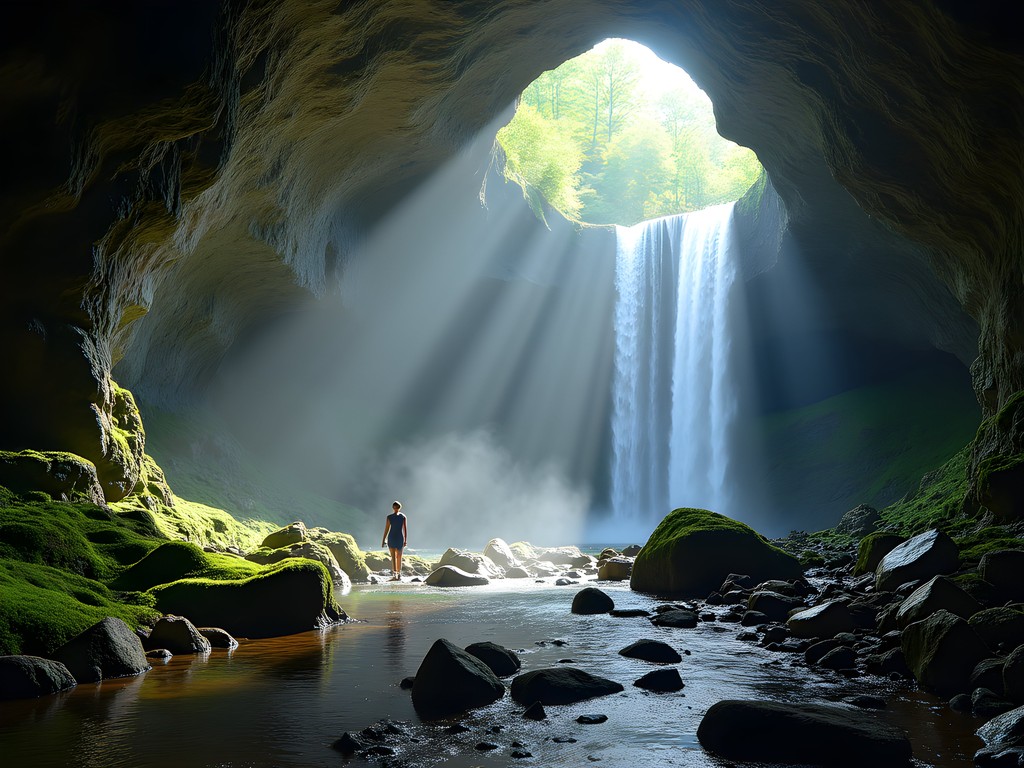
💡 Pro Tips
- Start hikes early – autumn days are shorter and you don't want to navigate these trails after dark
- Register your hiking plans with guesthouse owners as a safety precaution
- Carry more water than you think you'll need – natural springs are common but not always reliable
Cultural Immersion: Pomak Villages & Ancient Traditions
What truly sets the Rhodope Mountains apart is the cultural mosaic of the region. Here, Bulgarian Orthodox villages exist alongside settlements of Pomaks (Bulgarian Muslims) and Roma communities, each maintaining distinct traditions while sharing the mountain landscape.
In the Pomak village of Ribnovo, I witnessed the preparation for a traditional wedding – an elaborate multi-day affair with the bride's face painted white and decorated with colorful sequins. Though I was clearly an outsider, families invited me to observe the festivities, proud to share their heritage with a curious visitor.
The region's religious diversity is visible in its architecture – Orthodox churches with distinctive bell towers stand in some villages, while Ottoman-era mosques with slender minarets define others. In several communities, both exist side by side, a testament to centuries of coexistence.
Each village seems to specialize in particular crafts. In Shiroka Laka, I spent an afternoon with a master of the gaida (Bulgarian bagpipe), who demonstrated the instrument's haunting sound that carries through mountain valleys. After purchasing a small field recording device before my trip, I captured these authentic musical moments – recordings that transport me back to the Rhodopes more vividly than photographs.
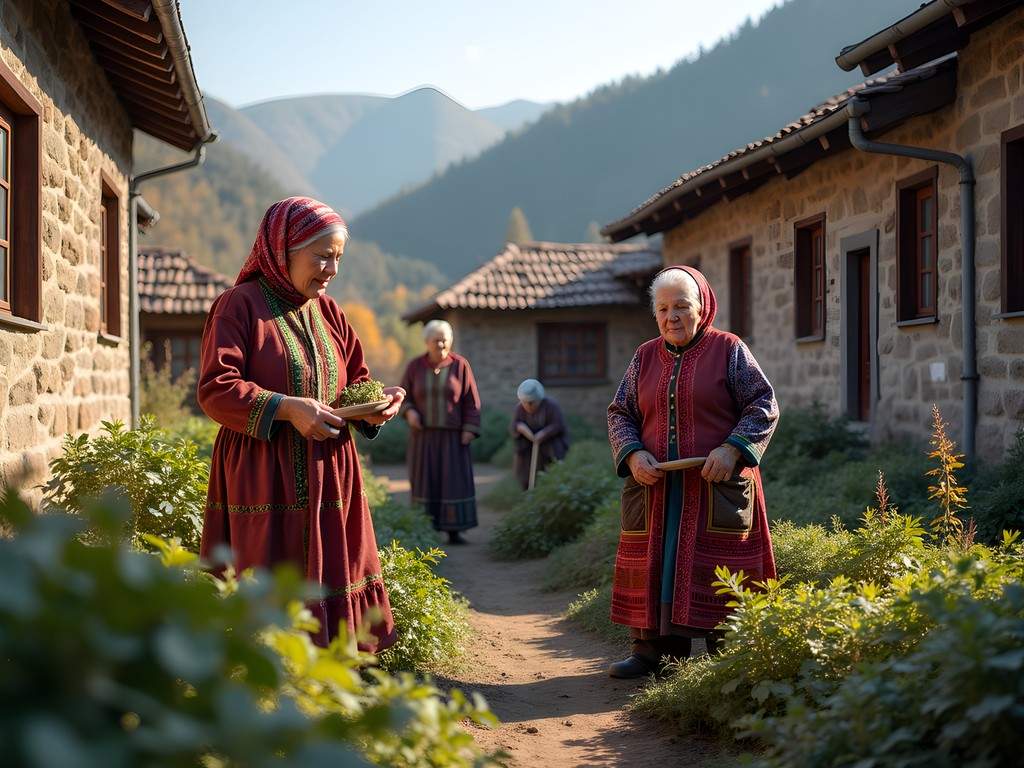
💡 Pro Tips
- Ask permission before photographing people or religious ceremonies
- Remove shoes before entering mosques and cover head if female
- Learn about the difference between Bulgarian and Ottoman architectural styles to appreciate local buildings
Practical Considerations: Budget, Accommodation & Food
The Rhodope Mountains offer exceptional value for budget travelers. My entire week-long adventure – including accommodation, food, local transport and even souvenir shopping – came to less than €300. This region remains one of Europe's last truly affordable mountain destinations.
Accommodation in family-run guesthouses averages 20-30 leva (€10-15) per night, often including breakfast of homemade yogurt, local honey, and banitsa (cheese pastry). For dinner, village restaurants serve hearty mountain cuisine for 10-15 leva (€5-8) for a substantial meal with a glass of local wine.
Internet connectivity is the one modern convenience you'll need to sacrifice. While larger villages have basic Wi-Fi, I embraced the digital detox and focused on my surroundings. Before departure, I downloaded offline maps and translated key phrases using a pocket language translator that proved invaluable when communicating with non-English speakers.
Fall temperatures fluctuate dramatically – days can be pleasantly warm (15-20°C) while nights drop close to freezing at higher elevations. I layered with a packable down jacket that compressed small in my pack during day hikes but provided essential warmth during chilly evenings in poorly heated guesthouses.
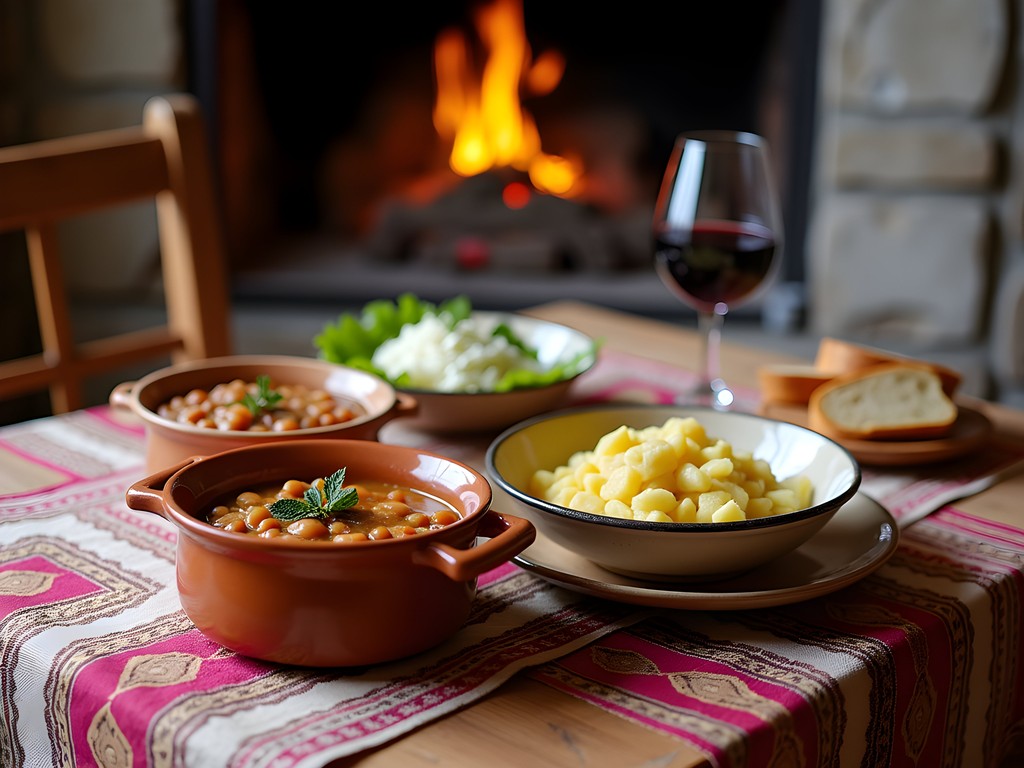
💡 Pro Tips
- Withdraw cash in larger towns like Smolyan – ATMs are scarce in mountain villages
- Learn to recognize the Cyrillic letters for 'hotel' and 'restaurant' for easier navigation
- Pack a universal sink plug and travel detergent for washing clothes – laundry services are non-existent
Final Thoughts
As my bus wound down from the mountains toward Plovdiv, I found myself already planning a return to the Rhodopes. These mountains offer something increasingly rare in our hyperconnected world – genuine discovery. Here, trails lead to villages absent from guidebooks, conversations happen despite language barriers, and landscapes unfold without the pressure of Instagram-worthy perfection.
For the solo traveler seeking both natural beauty and cultural immersion, Bulgaria's Rhodope Mountains provide rich rewards without the crowds or costs of Western Europe's more famous ranges. The autumn palette transforms the landscape into a canvas of extraordinary beauty, while cooler temperatures make for ideal hiking conditions.
When we travel to truly know a place rather than merely see it, we must sometimes venture beyond the familiar paths. The Rhodopes demand this deeper engagement – and in return, they offer experiences that remain with you long after the journey ends. Like Orpheus himself, you may find that once you've visited these mystical mountains, a piece of your heart remains forever in their misty valleys.
✨ Key Takeaways
- The Rhodope Mountains offer exceptional value for budget travelers with accommodations from €10-15/night
- Fall provides the perfect combination of stable weather, smaller crowds and spectacular foliage
- Learning basic Bulgarian phrases dramatically enhances the experience in remote villages
- A mix of day hikes from village bases offers the best balance of comfort and adventure
- The cultural diversity of Orthodox and Pomak communities adds unique depth to the mountain experience
📋 Practical Information
Best Time to Visit
Mid-September to late October for fall colors and stable weather
Budget Estimate
€250-350 for a week including accommodation, food and local transport
Recommended Duration
5-7 days minimum to experience multiple villages and trails
Difficulty Level
Intermediate - Trails Require Reasonable Fitness And Some Navigation Skills
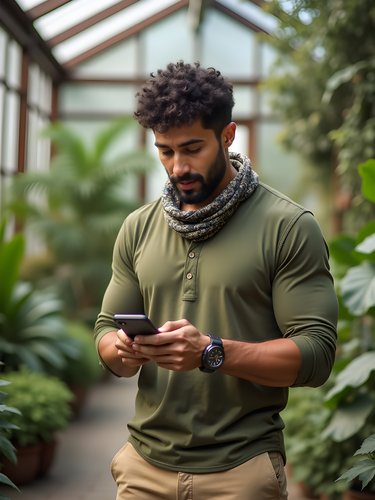

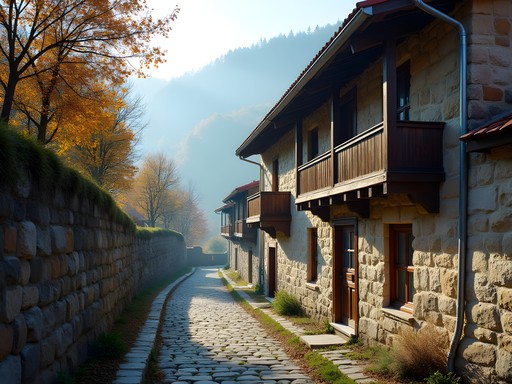
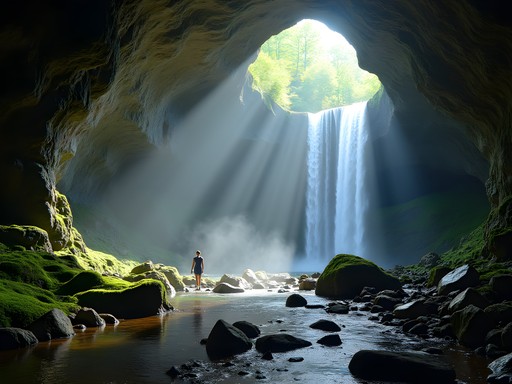
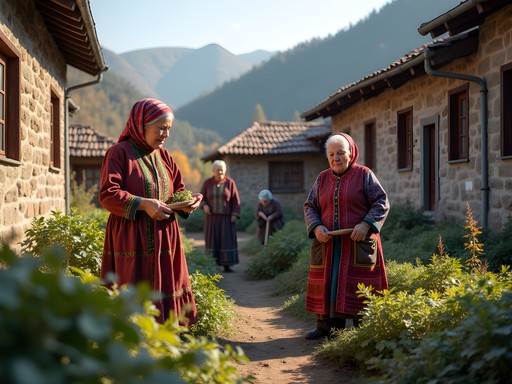



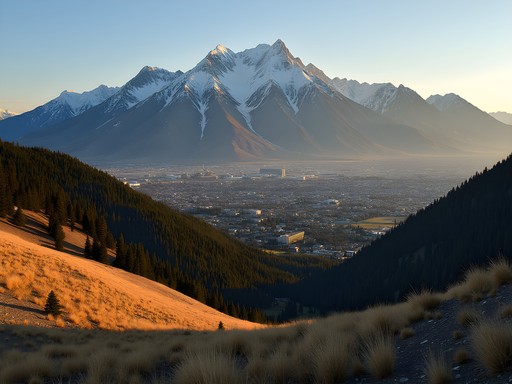

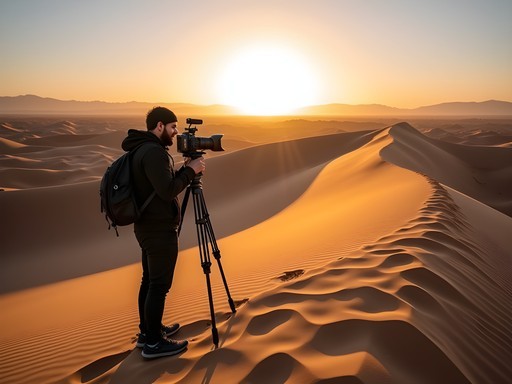
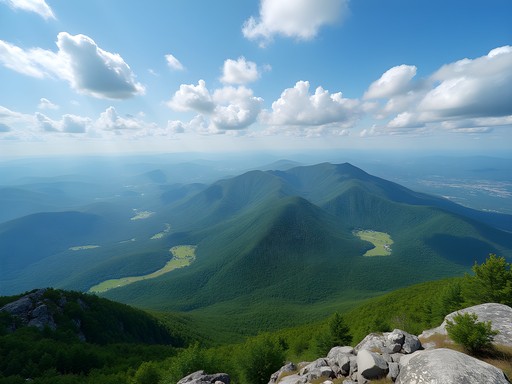


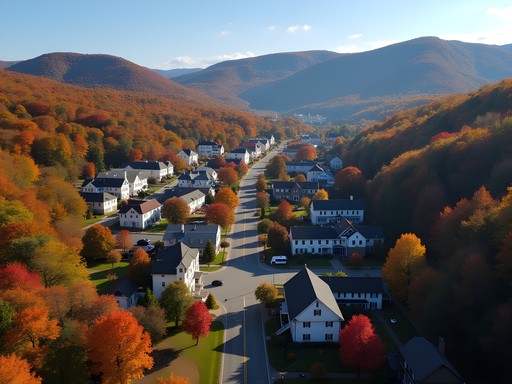
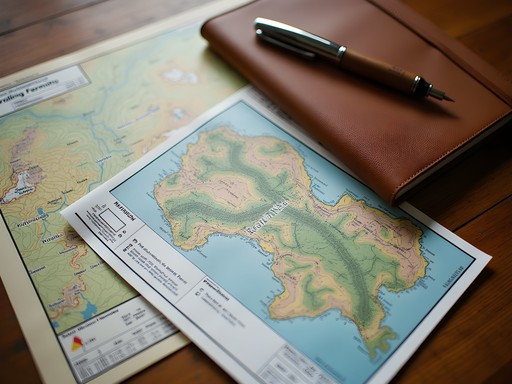
Comments
backpackadventurer
Just got back from Bulgaria last week and wish I'd seen this post before going! Only did the usual Sofia-Plovdiv route but missed these mountains completely. Your description of those autumn forests has me planning a return trip already! For anyone heading there, I found my hiking boots perfect for the terrain there - lots of rocky paths and stream crossings. Any specific trail recommendations for someone with moderate hiking experience?
Jean Wells
The Chairite Lakes trail near Smolyan is perfect for moderate hikers - about 12km round trip with stunning views and well-marked paths. You'll see beautiful alpine lakes without the extreme elevation gains of some other routes. If you go in autumn like Brandon did, the forest colors are spectacular.
backpackadventurer
Thanks for the recommendation, Jean! Adding it to my list for next year's trip. Were the trails well-marked with English signs or should I download maps beforehand?
Jean Wells
Definitely download maps - I use Maps.me which has most trails marked. Signs are mainly in Bulgarian, though the major routes have some English. The red/blue/yellow blazes on trees are your best navigation aid!
Jose McDonald
Brandon, you captured the magic of the Rhodopes perfectly! I trekked there last spring and was blown away. For anyone planning a trip, don't miss the Devil's Throat Cave near Trigrad - the underground waterfall is INSANE. I'd recommend spending at least 3 days around Smolyan for the best hiking routes. Also, the local mountain huts (called 'hizhas') offer basic but super authentic accommodation right on the trails. I tracked everything with my hiking GPS which was crucial when fog rolled in unexpectedly. Did you make it to the Eagle's Eye viewing platform? That view haunts my dreams!
Brandon Ali
Thanks Jose! Yes, Eagle's Eye was incredible - I caught it at sunrise and had the whole platform to myself. Those hizhas were the highlight of my trip too. So much character and the home-cooked food was next level!
Jean Wells
I trekked through the Rhodopes last spring and found it to be one of Europe's most underrated mountain ranges. The cultural aspects you mentioned - particularly the Pomak villages - were highlights for me as well. The architectural preservation in places like Shiroka Laka and Kovachevitsa rivals Koprivshtitsa but with far fewer tourists. For those planning a visit, I'd recommend adding the Trigrad Gorge to your itinerary - the Devil's Throat Cave there is linked to the Orpheus legends and the 150m vertical cave entrance is truly spectacular. Also, the local cuisine in mountain guesthouses (especially the patatnik potato dish) is worth seeking out. Brandon, did you get to experience any of the traditional folk music performances while you were there?
Brandon Ali
Jean, yes! I was lucky enough to catch a small gathering in Gela where they played gaidas (bagpipes) and other traditional instruments. Completely unplanned and one of the highlights of my trip. And I agree about Trigrad Gorge - those towering cliffs are incredible.
moonqueen
OMG I was just in the Rhodopes last month and I'm OBSESSED!!! That section about the Pomak villages brought back so many memories! We stayed with a family in Leshten who made us the most incredible homemade banitsa and told stories all night by the fire. Did you get to try rodopski chevermeh? It's this slow-cooked meat dish that will change your life! And those hiking trails near Trigrad Gorge? SPECTACULAR! 😍 The locals were so welcoming everywhere we went. Bulgaria seriously needs to be on everyone's bucket list!!!
starfan
Leshten sounds amazing! Adding it to my itinerary for next spring.
exploreclimber
Great post! How difficult was it getting around without a car? I'm thinking of doing a similar trip but worried about public transportation options in the more remote villages.
Brandon Ali
The public transport is definitely limited, but doable with some planning! Buses run to the main towns like Smolyan and Zlatograd, but for the smaller villages, you might need to arrange local taxis or hitchhike (which is surprisingly common and safe there). The tourism offices in Plovdiv were super helpful with schedules.
exploreclimber
Thanks for the info! Hitchhiking sounds like an adventure in itself. Did you have any language barrier issues?
Brandon Ali
Definitely a challenge in smaller villages! I used Google Translate a lot and learned a few basic Bulgarian phrases. The older generation rarely speaks English, but younger people in tourism spots usually do. Having locations written in Cyrillic was super helpful to show locals.
photobackpacker
Great post! How difficult was the transportation between villages? Any tips?
Brandon Ali
Thanks! Transportation between villages is spotty but doable. The key is flexibility - sometimes you'll need to wait for local minibuses. I found having the local bus schedules downloaded was essential since service can be limited to 1-2 times daily in some areas.
photobackpacker
Super helpful, thanks! Did you book accommodations ahead or just find places as you went?
Brandon Ali
I booked the first and last nights, but winged it for the rest. In October it wasn't very crowded. Many guesthouses don't have online presence, so showing up worked fine!
hikinglegend
Those autumn colors are unreal! The Rhodopes have been on my list forever.
traveltime
Those autumn colors in your photos are absolutely stunning! Makes me want to pack my bags right now.
Venture X
Premium card with 2X miles, $300 travel credit, Priority Pass